Meeting the ADA Title II Digital Accessibility Requirements
Guidelines for Auditing and Preparing Digital Resources for Accessibility

Guidelines for Auditing and Preparing Digital Resources for Accessibility

Conducting a thorough audit of your digital resources is a critical first step in the accessibility remediation process. Whether it's documents, websites, audio/video content, or supplemental applications, these assets must meet accessibility standards to ensure all users, including those with disabilities, can engage with them equally. An audit helps units to identify existing digital resources, determine which will be archived/updated, identify accessibility barriers, and develop a plan to address them. By proactively reviewing and remediating these digital resources, units can ensure compliance with ADA Title II standards, promote inclusivity, and create a more accessible digital environment for all users.
The pie chart below provides a detailed breakdown of expectations for units as they manuever through each phase of the process. Click on a resource for additional guidance. To assist with tracking your progress, use the DCAAP Tracker spreadsheet [XLSX]. NOTE: This resource is for internal use only.
When auditing documents, units should consider the following:
When auditing websites, units should consider the following:
When auditing audio and video content, units should consider the following:
For supplemental applications, units should do the following:
The table below summarizes the ATI's findings after a review of internal websites (ati.gmu.edu opens a new window, accessibility.gmu.edu opens a new window):
| Resource | Total Identified | Identified for Update/Remediation | Avg. Compliance Score (%) | Key Issues Identified |
|---|---|---|---|---|
| Documents | 140 | 9 | 87% | Missing alt text, incorrect reading order |
| Websites | 2 | 2 | 94% | Missing alt text, non-discernable hyperlink text, keyboard access issues |
| Audio/Video | 21 | 8 | 0% | Videos lack accurate, synchronized captions, transcripts, and/or audio descriptions |
| Supplemental Applications | 14 | 8 | N/A | Apps not reviewed for accessibility through ASRB |
For a more detailed review of how the ATI office conducted their digital accessibility audit, view the ATI's DCAAP Tracker spreadsheet [XLSX] opens a new window.